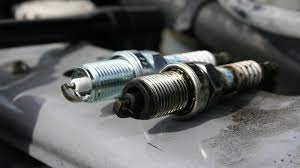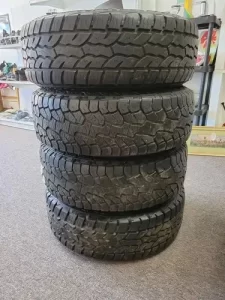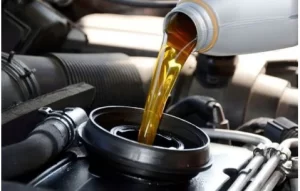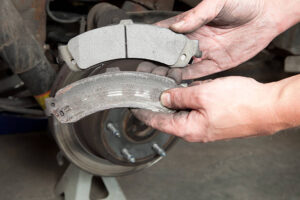
Lifters are a common term that you may have come across when researching vehicle engines. But, do you know what an engine lifter is and what are its functions? In case you don’t, then you’ve come to the correct place, as we’ll be taking a closer look at the same in detail.
The Basics Of Car Engine Lifters
According to a reliable company selling LS7 lifters, a lifter can be defined as a cylinder that exists between the engine’s cylinder valves and the camshaft. When the camshaft moves over the lifter, the valves are temporarily opened. And as the exhaust and intake valves need to open at different moments, each valve will have its separate lifter.
It should be known that car engine lifters can be designed differently, based on the vehicle. However, all lifters must fall into one of the two primary categories – mechanical or hydraulic. Hence, in this comprehensive guide, we’ll be describing both of them, so that you can understand them better.
All About Hydraulic Lifters
Hydraulic lifters were first invented during the 1930s so that the noise from older mechanical lifters can be reduced without any difficulty. It should be understood that hydraulic lifters are the most common type of lifter that you can obtain in the market these days. But, due to their higher cost, they were not widely adopted until the 1950s.
The structure of a hydraulic lifter consists of a cylindrical body that has an internal piston, which tends to protrude from the top. The working of hydraulic lifters are as follows:
- Firstly, pressurised oil will enter the lifter’s body through a hole and then flows into a small channel. The oil will enter the internal lifter cylinder, through which it then flows to the other side.
- When the camshaft will press down on the lifter piston, the small channel is closed. Thus, the valve is opened temporarily, so that any gas can be eliminated from the cylinder.
- After the camshaft passes its apex, the lifter piston will come back to its original state, which will allow the oil to flow again freely. In turn, the valve will get shut down, which will then preserve the engine air pressure.
All About Mechanical Lifters
From the 1950s to the 1980s, hydraulic lifters were the defacto choice. However, in the current times, some cars started to use mechanical lifters again. It should be known that mechanical lifters may turn out to be louder when in operation, compared to hydraulic lifters. But, they also provide some distinct benefits.
Firstly, mechanical lifters are less costly to maintain compared to hydraulic lifters, which means that they’re ideal for economy vehicles. Furthermore, they can also be used in performance-oriented vehicles because they can function well at high RPMs.
Mechanical lifters can be further segregated into two kinds:
- Roller lifters
- Solid lifters
A solid lifter will have a solid metal cylinder, while the roller lifters will have rollers on their back, as a way to mitigate the noise.
Thus, you can expect roller lifters to produce much less noise over time, while also enhancing the performance, especially at higher RPMs. However, do remember that roller lifters need additional maintenance in the long run, which can be a disadvantage.
For more information on engine lifters, contact our experts today.

















